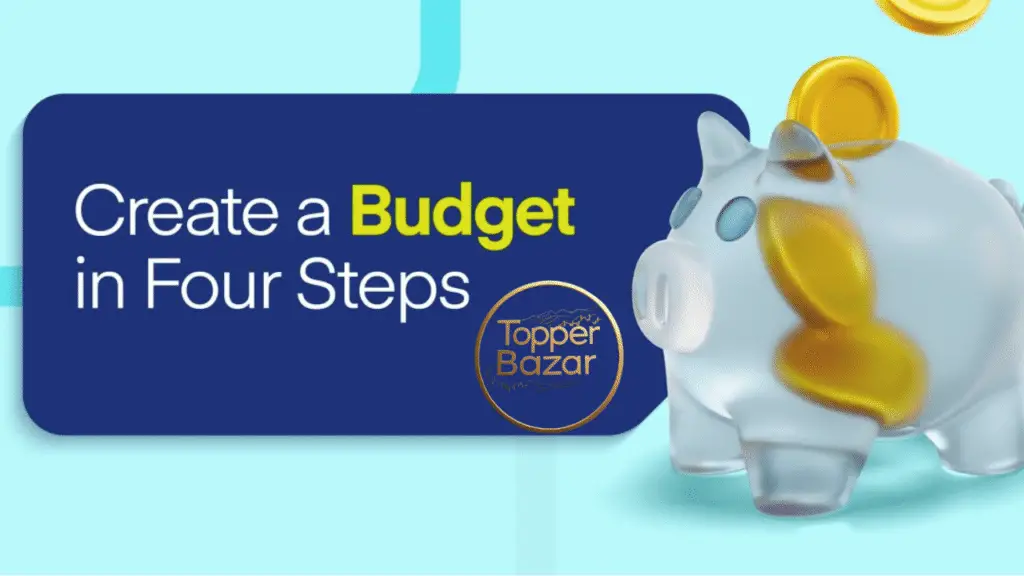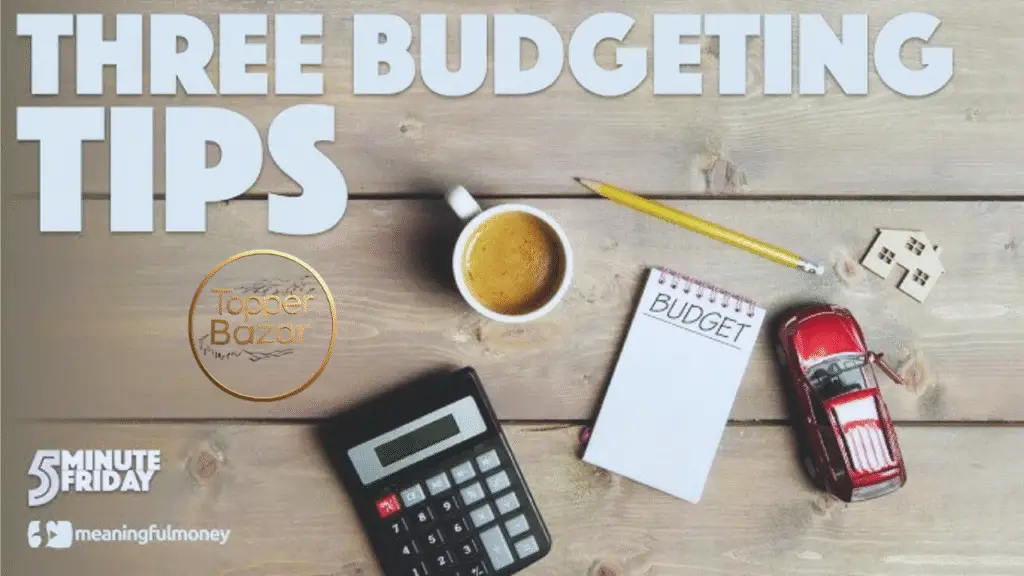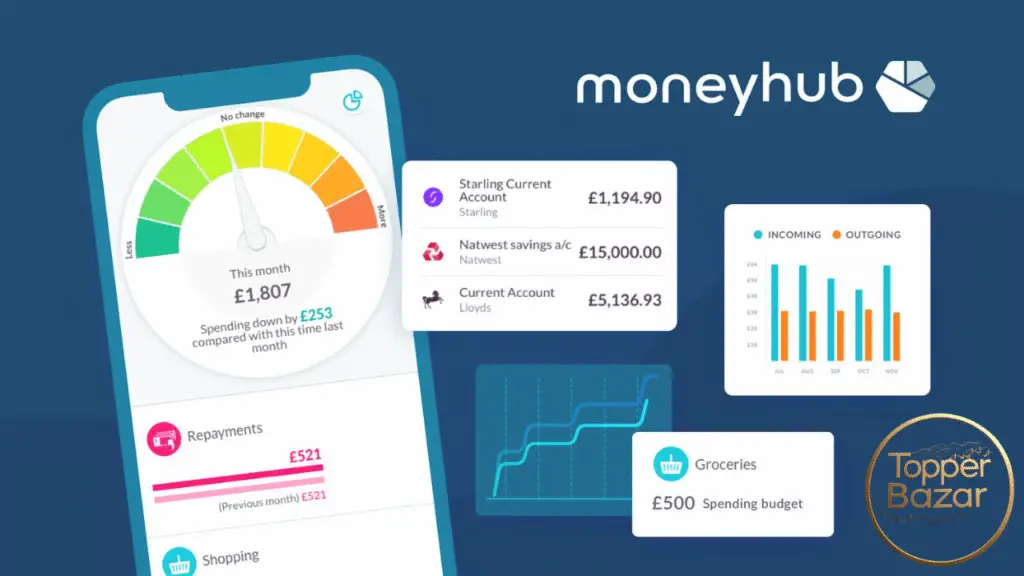How to Create a Budget That Works is a question many people ask when trying to take control of their finances. Budgeting is the foundation of personal finance, helping you manage your money, save for goals, and avoid financial stress. A well-crafted budget ensures your income covers your needs, allows for savings, and even leaves room for things you enjoy. This article provides a clear, step-by-step guide to creating a budget that works for you, with practical tips to make it sustainable and effective.
Why Budgeting Matters
A budget is like a roadmap for your money. It shows where your income goes and helps you make intentional choices about spending and saving. Without a budget, it’s easy to overspend, miss savings goals, or fall into debt. Budgeting empowers you to prioritize what matters most, whether it’s paying off credit card debt, saving for a vacation, or building an emergency fund. By following a budget, you can achieve financial stability and work toward long-term goals like buying a home or retiring comfortably.

Step 1: Understand Your Income
The first step in creating a budget that works is knowing exactly how much money you have coming in. Your income includes your salary, freelance earnings, side hustles, or any other regular cash flow. If your income varies (like if you’re self-employed), calculate an average based on the last 3–6 months. Be sure to use your net income—the amount you take home after taxes, insurance, or other deductions. Knowing your net income gives you a realistic starting point for planning your budget.
Step 2: Track Your Expenses
Next, you need to know where your money is going. Track all your expenses for at least one month. This includes fixed costs (like rent or mortgage, utilities, and subscriptions) and variable costs (like groceries, dining out, or entertainment). You can use a notebook, spreadsheet, or budgeting apps like Mint or YNAB to record every purchase. Categorize your expenses to see patterns—for example, how much you spend on food, transportation, or hobbies. This step helps you identify areas where you might be overspending.
Step 3: Choose a Budgeting Method
There are several budgeting methods to choose from, depending on your lifestyle and preferences. Here are three popular ones:
- 50/30/20 Rule: This simple method divides your income into three categories:
- 50% for needs (essentials like rent, utilities, and groceries)
- 20% for savings and debt repayment (emergency fund, investments, or extra debt payments)
This method is great for beginners because it’s easy to follow and balances saving with enjoying life.
- Zero-Based Budget: In this method, every dollar of your income is assigned a purpose, so your income minus expenses equals zero. For example, if you earn $2,000 a month, you allocate every dollar to categories like bills, savings, or fun until nothing is left unassigned. This approach is ideal if you want strict control over your spending.
Step 4: Create Your Budget Plan
Now, combine your income, expenses, and goals to build your budget. Here’s how:
- List Fixed Expenses: Start with non-negotiable costs like rent, utilities, insurance, and loan payments. These are usually the same each month.
- Allocate for Variable Expenses: Estimate costs for things like groceries, gas, or entertainment based on your tracking from Step 2. Be realistic but look for areas to cut back if needed.
- Prioritize Savings and Debt: Treat savings and debt payments like fixed expenses. Aim to save at least 10–20% of your income and pay more than the minimum on high-interest debts (like credit cards).
- Include Fun Money: A budget that works is sustainable. Set aside a small amount for things you enjoy, like eating out or hobbies, to avoid feeling deprived.
Use a spreadsheet or budgeting app to organize your plan. For example, if your net income is $3,000 a month, a 50/30/20 budget might look like this:
- Needs: $1,500 (rent, utilities, groceries)
- Wants: $900 (dining out, subscriptions, hobbies)
- Savings/Debt: $600 (emergency fund, extra debt payments)
Tips for Making Your Budget Work
- Automate Savings: Set up automatic transfers to a savings account or retirement fund right after payday. This ensures you save before you’re tempted to spend.
- Cut Unnecessary Expenses: Look for subscriptions or habits you can reduce, like canceling unused streaming services or brewing coffee at home.
- Use Budgeting Tools: Apps like PocketGuard or Goodbudget simplify tracking and help you stay on top of your spending.
- Plan for Irregular Expenses: Set aside money each month for annual costs like car insurance or holiday gifts to avoid surprises.
- Stay Disciplined but Flexible: Stick to your budget but allow some wiggle room for unexpected events. A rigid budget is hard to maintain long-term.

Common Budgeting Mistakes to Avoid
- Not Tracking Spending: If you don’t monitor your expenses, it’s easy to overspend. Check your budget weekly to stay on track.
- Being Too Strict: Cutting out all fun spending can make you feel deprived, leading to budget burnout. Include small treats to stay motivated.
- Forgetting Irregular Expenses: Bills like car repairs or taxes can derail your budget if you don’t plan for them.
- Ignoring Small Purchases: Small daily expenses, like coffee or snacks, add up. Track them to see their impact.
- Not Communicating: If you share finances with a partner, discuss your budget together. Misalignment can lead to overspending or conflict.
Conclusion
Learning how to create a budget that works is a game-changer for your personal finances. Regularly review and adjust your budget to stay on track, and use tools and tips to make the process easier. With patience and discipline, your budget will help you achieve financial freedom and make your money work for you.




